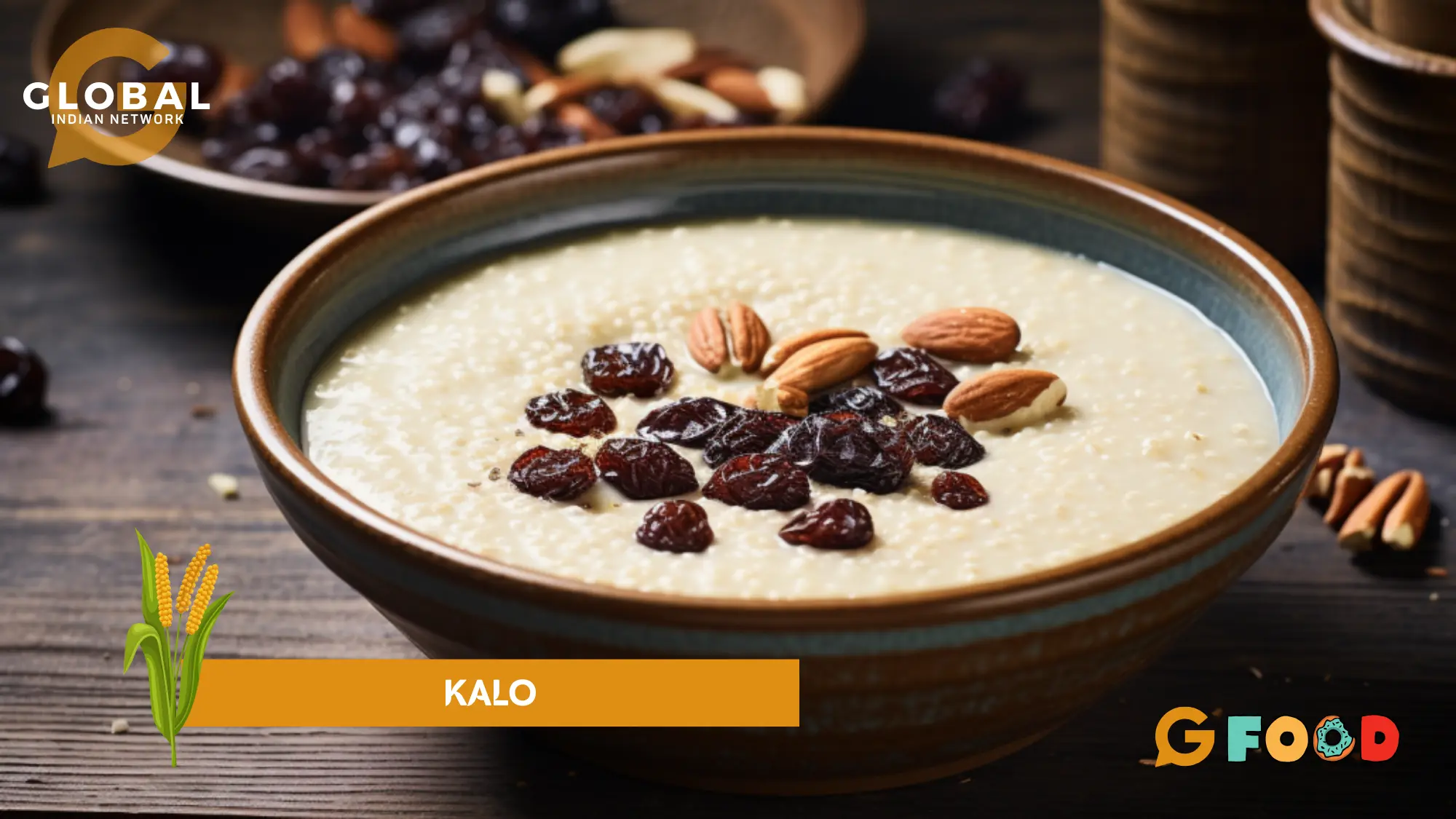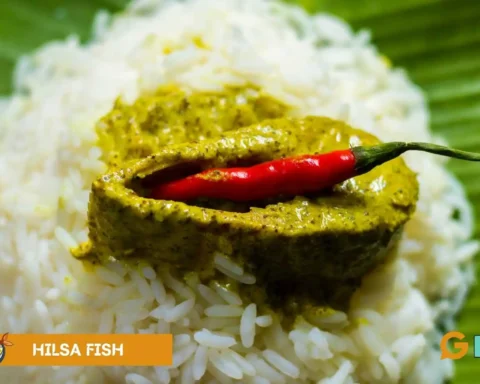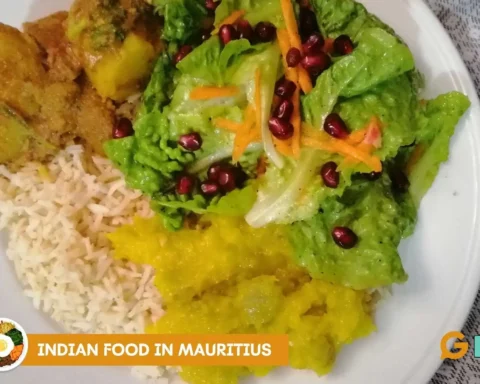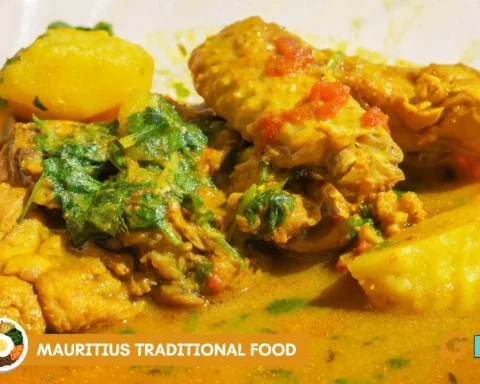Discover Kalo, the unexpected culinary fusion that has taken Uganda by storm!
While Uganda boasts a rich tapestry of traditional foods, a delightful twist has emerged with the introduction of Kalo, a Pacific Island staple, into the heart of Ugandan cuisine. The marriage of Kalo, also known as taro, with the vibrant flavours of this East African nation has created a buzz among adventurous food enthusiasts. Embracing the spirit of innovation, Ugandan kitchens are now crafting dishes that harmonize the earthy essence of Kalo with the country’s unique ingredients. The result is a culinary exploration that transcends boundaries, offering a taste of the exotic combined with the comfort of homegrown goodness.
Join us on a journey through this unexpected gastronomic delight that celebrates the meeting of flavours and cultures in a single, delightful bite!
Table of Contents
What is Kalo and How Does it Grow?
Kalo, also known as taro, emerges from the vibrant heart of tropical wetlands. This ancient root vegetable originates in the Colocasia esculenta plant, characterized by its lush, heart-shaped leaves that unfurl like nature’s masterpiece. Kalo thrives in sun-drenched days and moisture-rich soils, growing primarily in waterlogged environments. With centuries of cultivation history, this hardy plant has become an agricultural emblem in many cultures. From the gentle ripple of waterlogged fields to the nurturing hands of farmers, the journey of Kalo encapsulates the symbiotic relationship between nature’s forces and human ingenuity.
How is Kalo prepared before Cooking?
Preparing Kalo (taro) for cooking involves transforming the starchy root into a delicious and versatile ingredient. The process ensures that the potentially toxic compounds in raw taro are neutralized, making it safe for consumption. Once prepared, Kalo can be used in various culinary creations.
To begin, the Kalo corms (the underground portion of the plant) are carefully harvested from the ground. The corms are then washed and peeled to remove the outer layer, revealing the pale interior. The peeled corms can be cut into chunks or slices, depending on the desired recipe.
Next comes the crucial step of cooking or boiling the Kalo. Boiling the corms softens the flesh and renders the toxic calcium oxalate crystals harmless through heat. The boiled Kalo has a tender, creamy texture and a slightly sweet, nutty flavour. Some traditional methods involve wrapping the Kalo in leaves, such as banana leaves, before boiling to infuse it with subtle earthy aromas.
Different ways Kalo is Consumed
Once the Kalo is boiled, it can be used in a myriad of ways in cooking:
Poi: In Hawaiian cuisine, boiled and mashed Kalo are transformed into poi, a staple dish. The Kalo is pounded into a smooth paste, with water added as needed to achieve the desired consistency. Poi can vary in texture from thin and watery to thick and sticky, offering a unique culinary experience.
Stews and Soups: Boiled Kalo can be added to soups and stews to impart a hearty and wholesome element. Its mild flavour complements the savoury broth and other ingredients.
Side Dishes: Slices or chunks of boiled Kalo can be sautéed, roasted, or fried to create side dishes with a delightful contrast of textures. These preparations can be seasoned with spices and herbs to enhance the flavour.
Desserts: Kalo can also make its way into the sweet realm. It can be used in desserts like puddings, cakes, and pastries, adding a unique twist to traditional recipes.
Snacks: Sliced and fried Kalo chips offer a crunchy and satisfying snack option.
Curries: Kalo is added to curries and stir-fries in some cuisines, contributing to flavour and texture.
Overall, the preparation and use of Kalo in cooking highlight its adaptability and culinary versatility. From its transformative journey in the kitchen to its incorporation into various dishes, Kalo continues to captivate palates and cultures worldwide.
Ugandan Kalo Millet Bread Recipe
Here’s a recipe idea for a Ugandan-inspired Kalo millet bread:
Ingredients:
- 1 cup taro (Kalo) flour
- 1 cup millet flour
- 1 cup all-purpose flour
- 1 packet (about 2 1/4 tsp) of active dry yeast
- 1 1/4 cups warm water
- 1/4 cup vegetable oil
- 1 teaspoon salt
- 1 tablespoon honey or sugar (optional for added sweetness)
- Banana leaves or parchment paper (for lining the pan)
Instructions:
- In a bowl, dissolve the yeast in warm water and let it sit for about 5-10 minutes until it becomes frothy.
- Combine the taro flour, millet flour, all-purpose flour, and salt in a large mixing bowl.
- Create a well in the centre of the dry ingredients and pour in the yeast mixture and vegetable oil. If using honey or sugar, add it at this point.
- Mix the ingredients to form a dough. Knead the dough for about 5-7 minutes until it becomes smooth and elastic. Add more water or flour if the consistency is too dry or sticky.
- Place the dough in a lightly oiled bowl, cover it with a damp cloth, and let it rise in a warm place for about 1-2 hours or until it doubles.
- Preheat your oven to 375°F (190°C).
- Punch down the risen dough to release any air bubbles. Shape it into a loaf and place it in a bread pan lined with banana leaves or parchment paper.
- Cover the pan with a cloth and let the dough rest for 15-20 minutes.
- Bake the bread in the preheated oven for about 30-40 minutes, or until the top is golden brown and the bread sounds hollow when tapped on the bottom.
- Once baked, remove the bread from the oven and let it cool on a wire rack before slicing and serving.
Health Benefits of Kalo
Kalo, also known as taro, boasts a commendable nutritional profile encompassing essential nutrients and dietary versatility. Rich in complex carbohydrates, Kalo provides a sustained source of energy. Additionally, it is a good source of dietary fibre, which aids digestion and promotes a feeling of fullness. This starchy root vegetable offers notable amounts of essential minerals like potassium, which supports heart health and fluid balance, and magnesium, crucial for muscle and nerve function.
Kalo also contains some B vitamins, particularly B6, which contribute to cognitive development and immune function. Its distinct purple-fleshed varieties often showcase anthocyanins, antioxidants associated with potential health benefits. Kalo’s blend of carbohydrates, fibre, minerals, and antioxidants underscores its nutritional significance within diverse diets.
Places where Kalo is Popular
Kalo, or taro, serves as a dietary cornerstone in several regions around the world. It is central in traditional diets from Hawaii to the Pacific Islands, including Samoa, Tonga, and Fiji. Kalo is incorporated into various culinary creations across Southeast Asia, in countries like the Philippines, Indonesia, and Malaysia. In the Caribbean, it transforms into dasheen and is found in dishes like callaloo.
Africa’s embrace of Kalo is evident in West African countries like Nigeria and Cameroon, where it is enjoyed in stews and side dishes. Even in parts of the Indian subcontinent, such as India and Bangladesh, Kalo contributes its distinct flavour to regional cuisines. These diverse regions celebrate Kalo as a cherished ingredient, showcasing its adaptability and cultural significance on plates worldwide.
Conclusion
Kalo emerges as a vibrant ingredient that transcends borders and tantalizes taste buds in a world bursting with culinary possibilities. From the tropical rhythms of the Pacific Islands to the sizzle of Southeast Asian woks, Kalo’s versatility shines through. Whether it’s the comforting familiarity of Hawaiian poi or the spicy intrigue of Indonesian curries, Kalo is a culinary chameleon that adds its unique essence to every dish. The way it effortlessly adapts to various cooking methods, from the gentle simmer of stews to the fiery embrace of the grill, is a testament to its culinary prowess.
As plates are adorned with Kalo’s delectable presence, they become more than just meals; they become celebrations of cultures intertwined and flavours harmonized. So, let’s raise our forks and toast to the world of Kalo, where every bite carries the stories of faraway places and the joy of culinary exploration!
FAQs
Is it good to eat Kalo every day?
Eating Kalo (taro) every day can be part of a balanced diet, but moderation is key. Kalo is a nutritious root vegetable rich in carbohydrates, dietary fiber, and essential minerals.
Is Kalo a fruit?
No, Kalo (taro) is not a fruit. It is a starchy root vegetable that belongs to the Araceae family. The edible part of the plant is the corm, an underground storage organ similar to a tuber. Kalo is often used in cooking and has a texture and flavour more akin to a vegetable than a fruit.
Why is Kalo important?
Kalo (taro) is important for several reasons. It is a staple food in many cultures, providing a significant source of carbohydrates and energy. Its cultivation and consumption have deep cultural and historical significance in various regions. Additionally, Kalo is rich in nutrients like dietary fibre, potassium, and B vitamins, contributing to a balanced diet and overall nutritional well-being.
Can you eat raw Kalo?
Raw Kalo (taro) should only be consumed with proper preparation. Raw Kalo contains calcium oxalate crystals that can be harmful if ingested, potentially causing discomfort and irritation in the mouth and throat. To make Kalo safe for consumption, it must be cooked thoroughly to neutralize these compounds.









